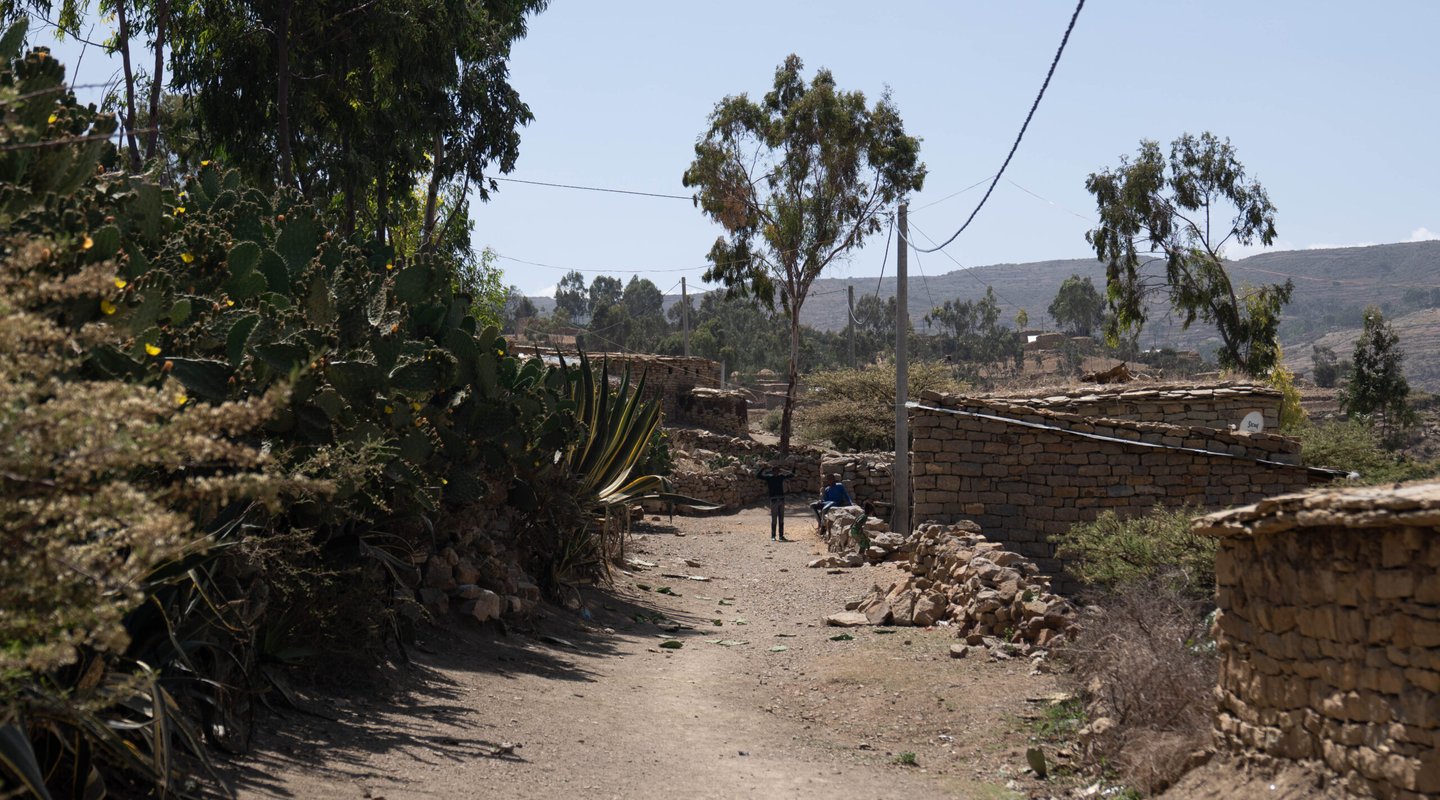What is Buruli ulcer?
Buruli ulcer is a chronic and debilitating disease that mainly affects the skin and sometimes the bone. It is caused by a bacterial infection, which belongs to the same group that causes tuberculosis and leprosy, however the mode of transmission to people remains unknown.
Buruli ulcer often starts as either a painless swelling (called a ‘nodule’), a large painless area of hardened tissue (‘plaque’) or as painless swelling of the legs, arms or face (‘oedema’).
Initially, the disease can develop with no pain and no fever. Without treatment the affected area will ulcerate within four weeks. Occasionally, bone is affected causing deformities.
Early diagnosis and treatment are crucial for minimizing morbidity and preventing long-term disability.
Key stats
-
33 countries
have reported Buruli ulcer
WHO data 2023
-
Over half of cases
in 2023 were in the African region
WHO data 2023
-
Over 800 cases and 2000 suspected cases
were reported globally in 2023
WHO data 2023
